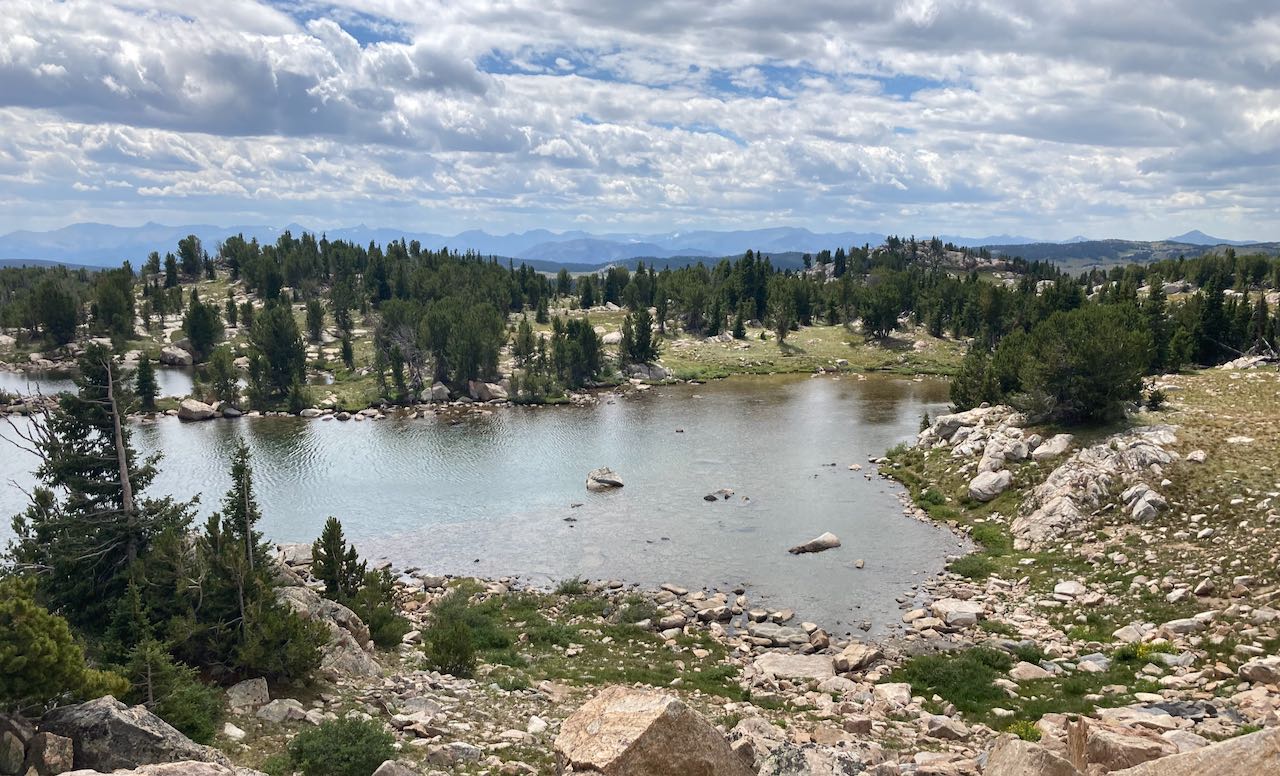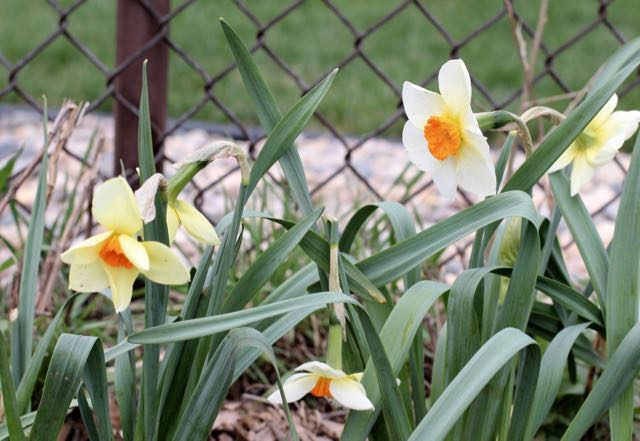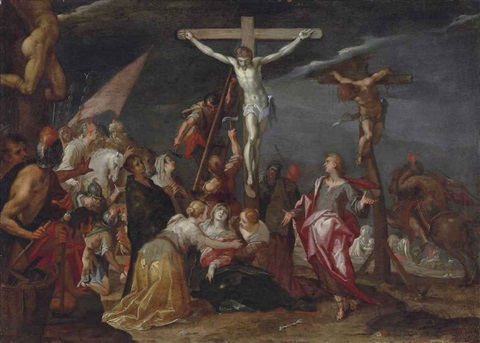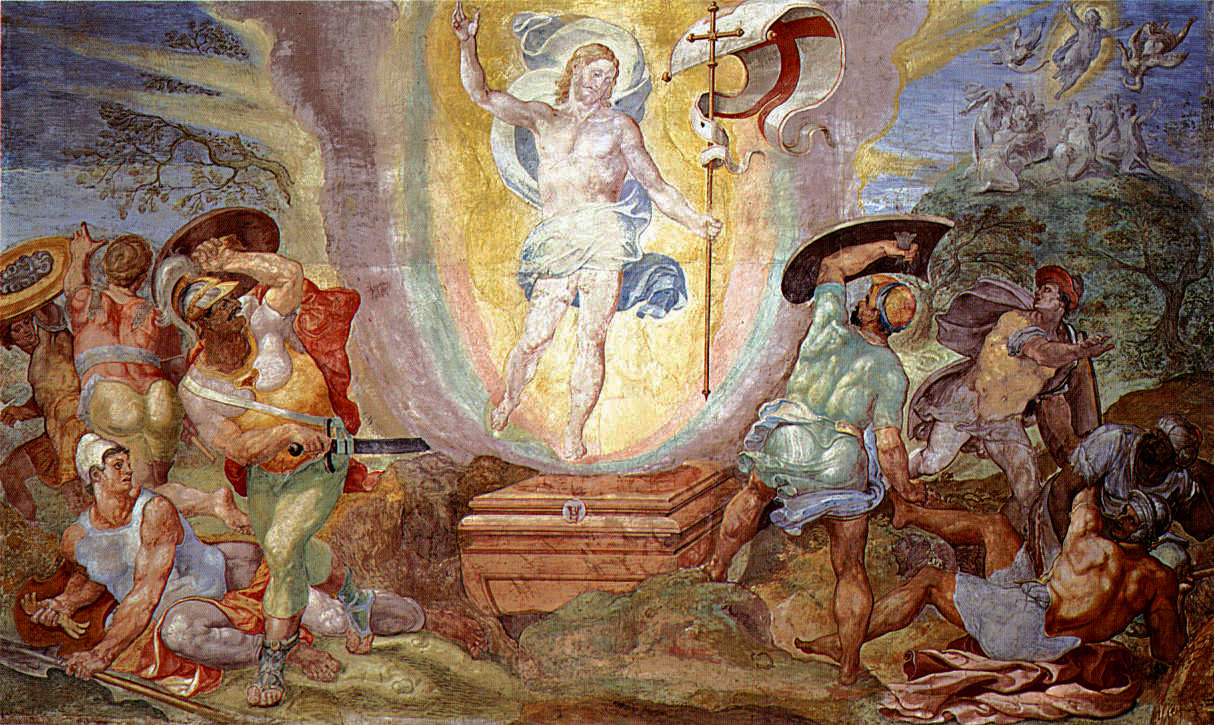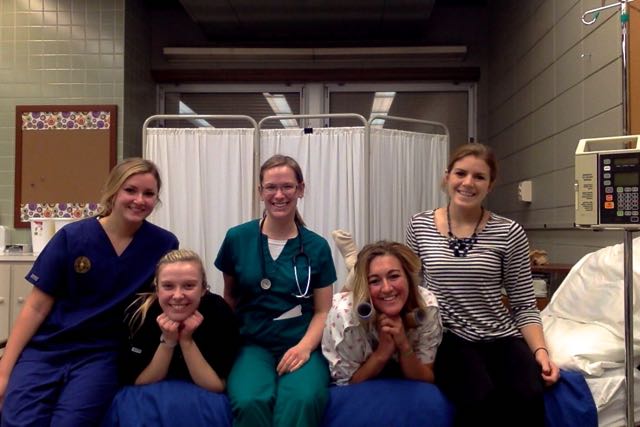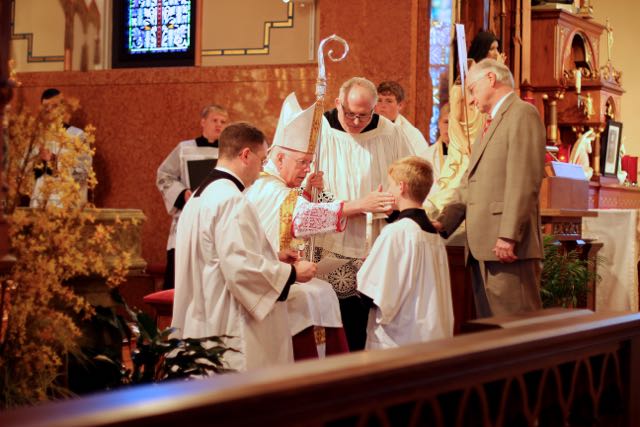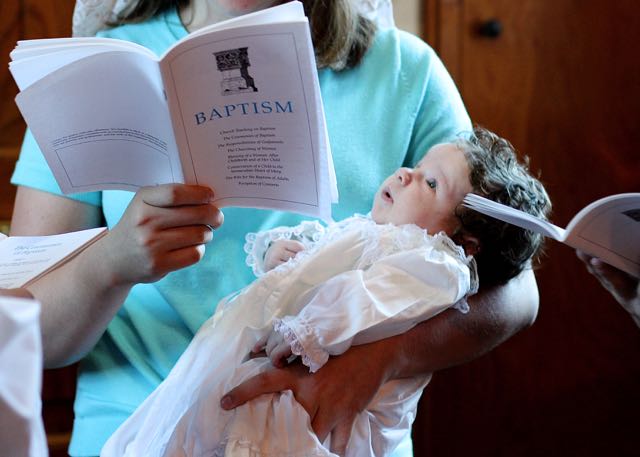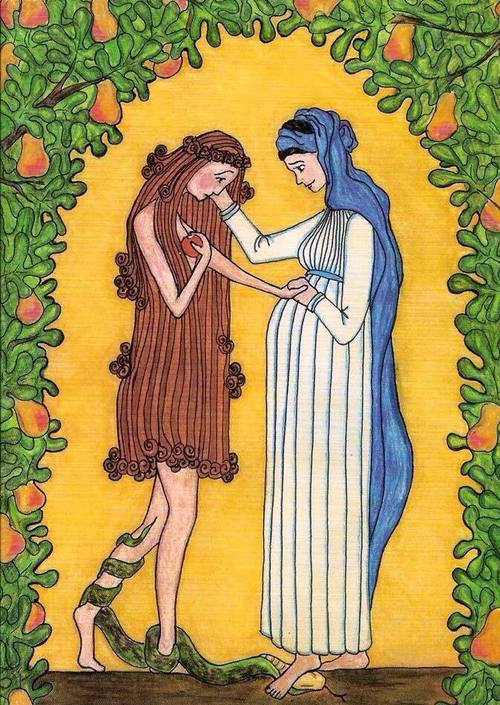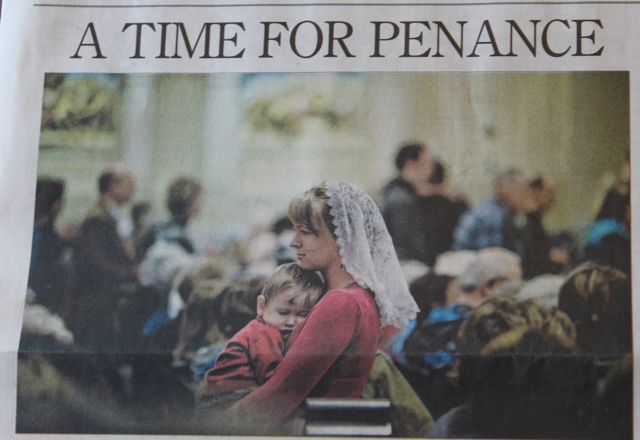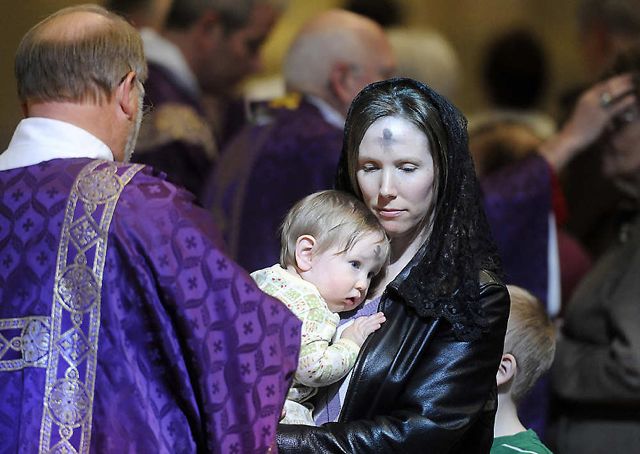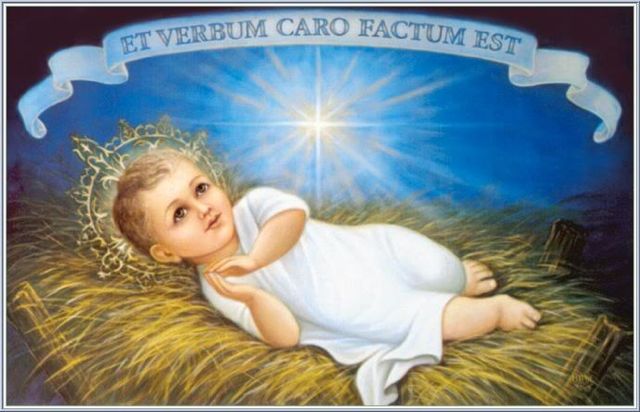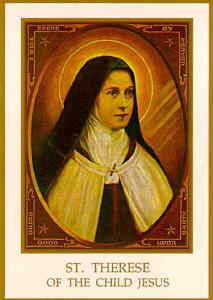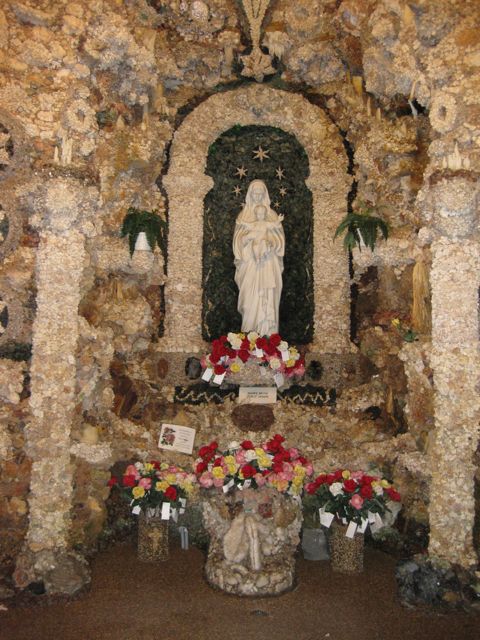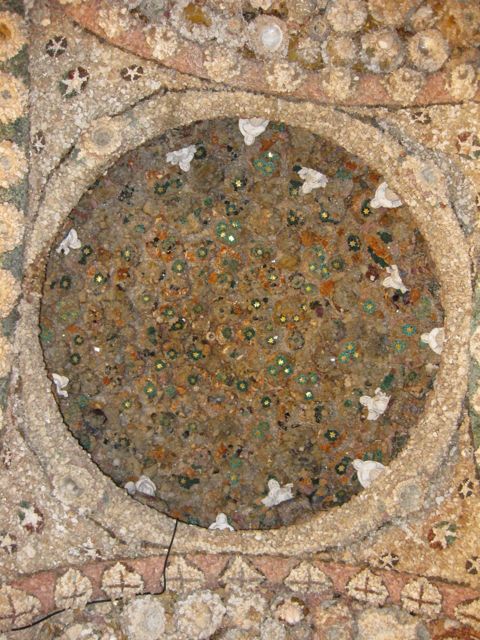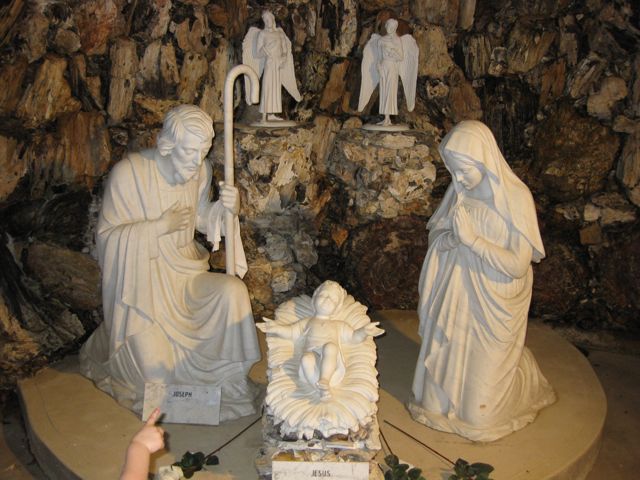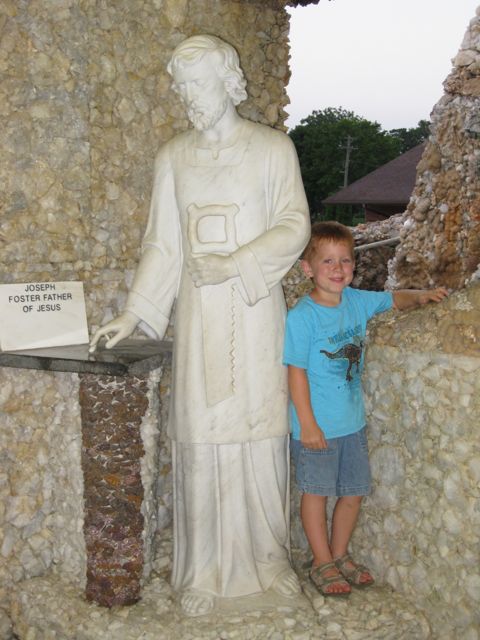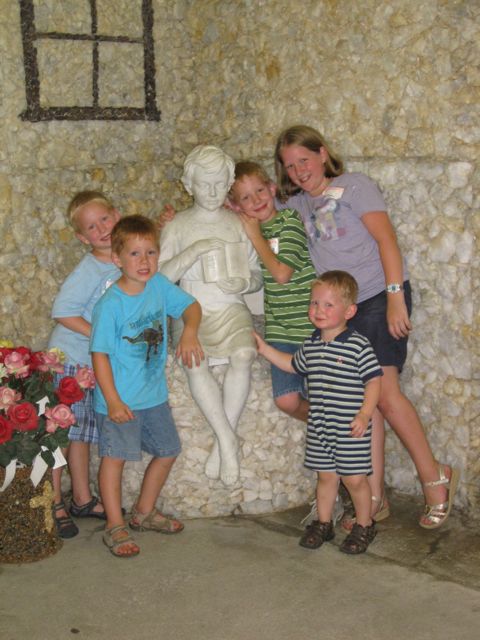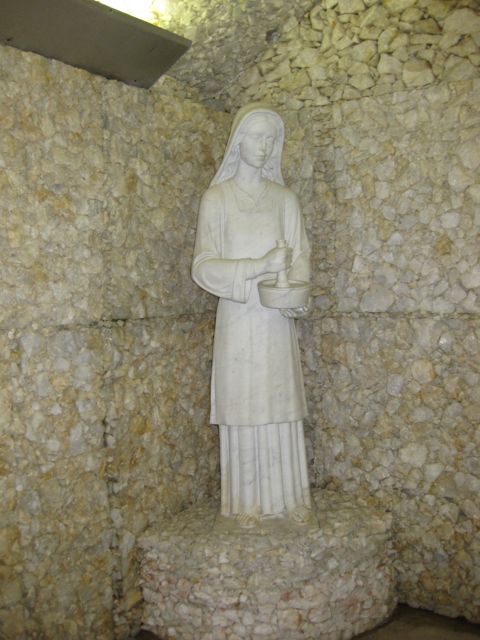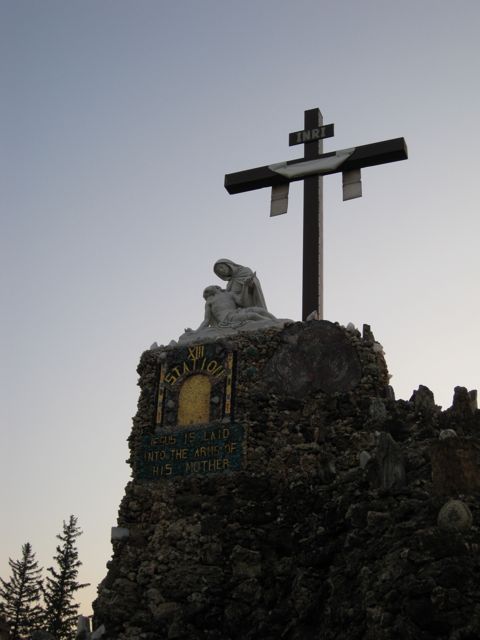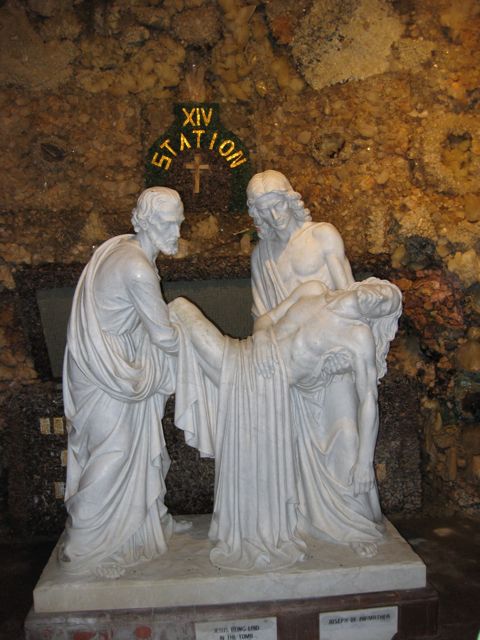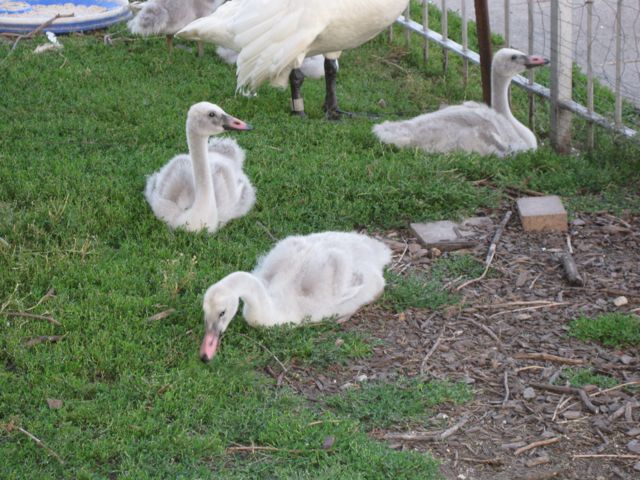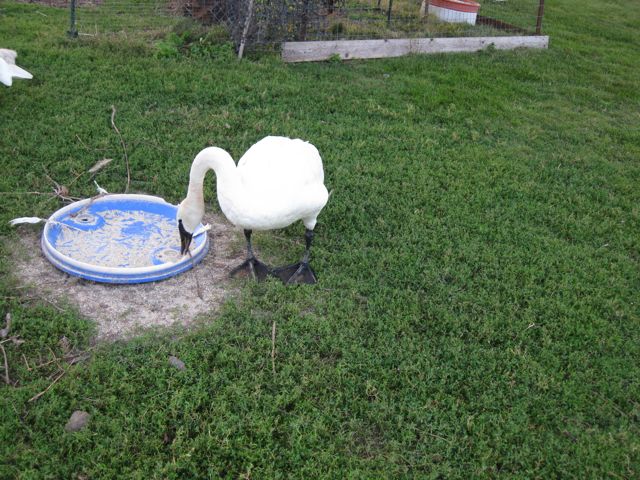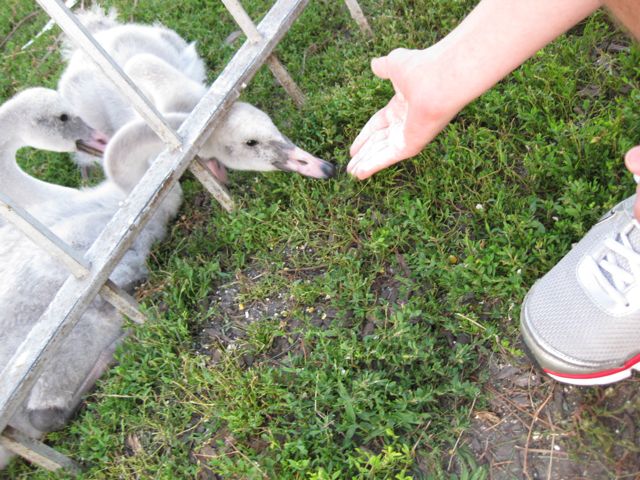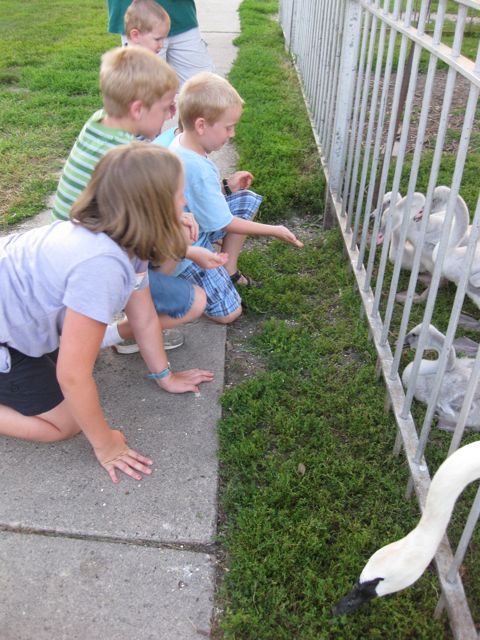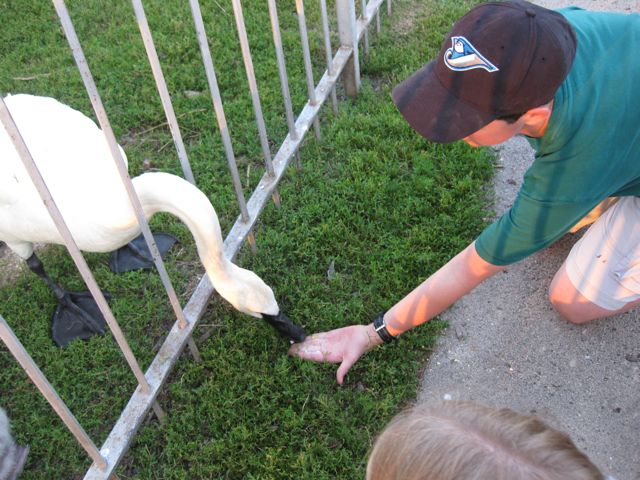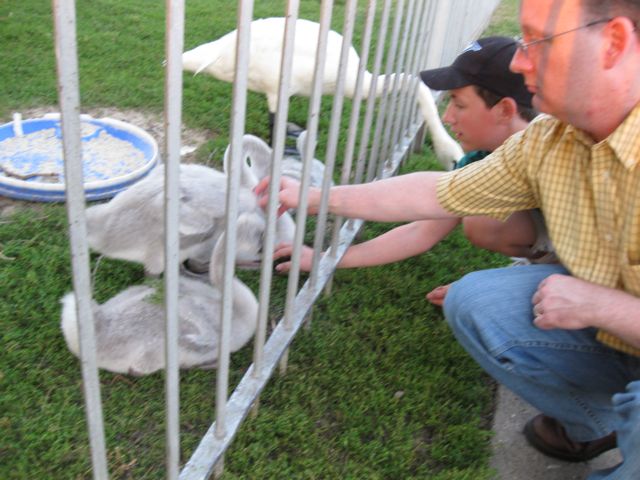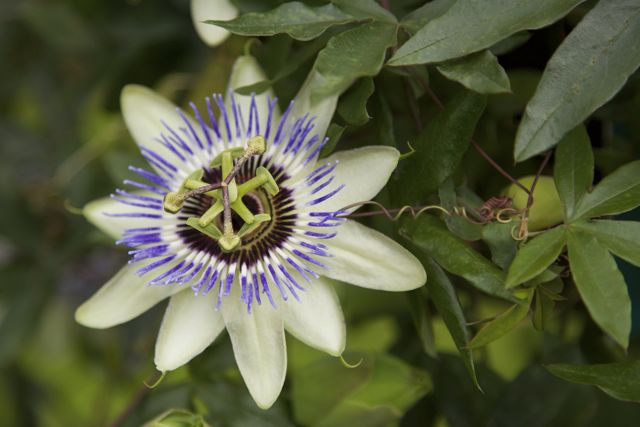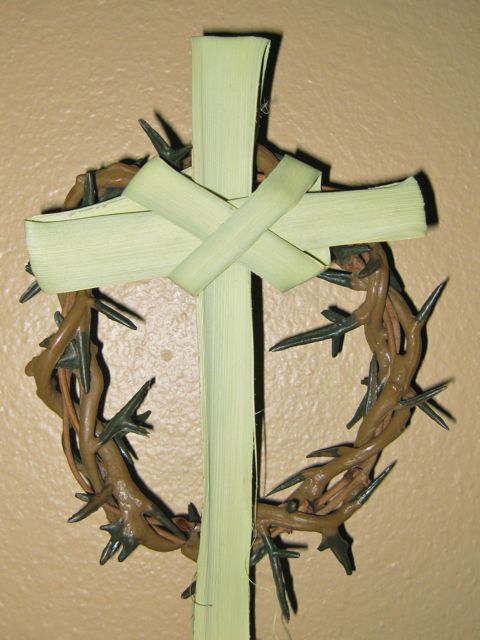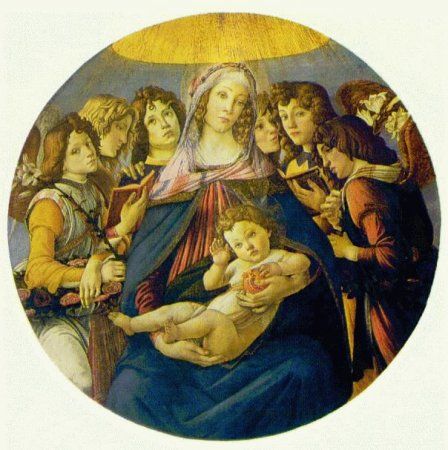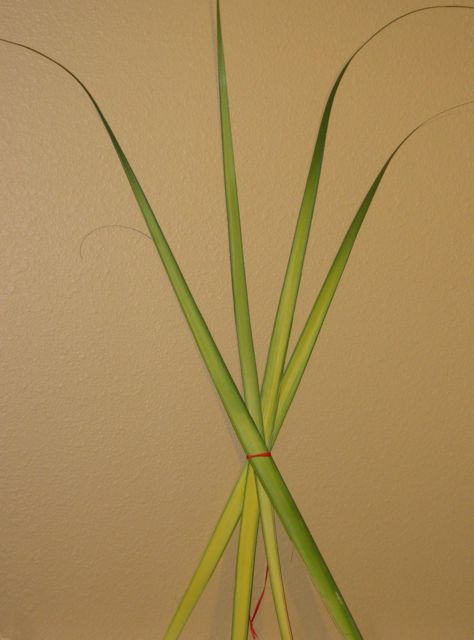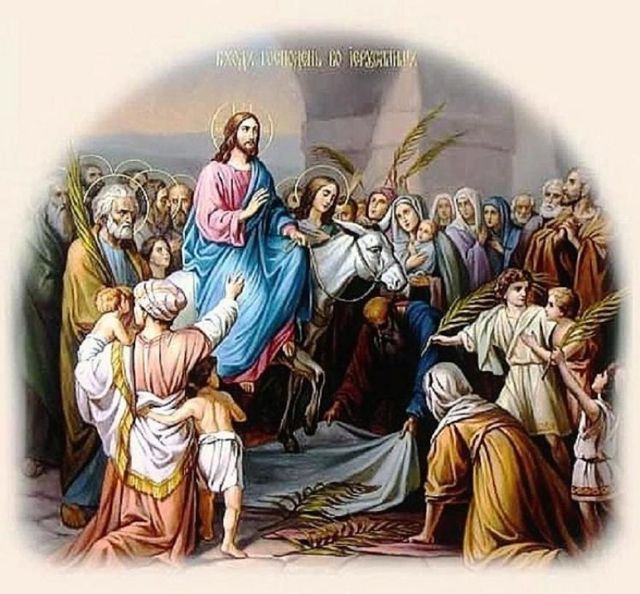Morning Devotions-Getting Started with Technology
Comparing Ideals with Reality
As the sun rises, my morning flows gently around a routine of favorite prayers before breakfast. The smooth structure calls to mind the rhythm in the even spaced cells of a monastery. After breakfast, there’s ample time to absorb the scriptures while basking in the dawn’s rosy glow.
In my perfect world.
…which never seems to be the one I’m living in.
My schedule changes from one day to the next. Routines are impossible to keep. I’ve tried many times to incorporate a consistent prayer hour into my day’s routine, but I have never succeeded long term. The designated time is kept the designated time for a week or two, then life gets in the way. My favorite prayer books and devotionals sit unopened on my bedside table for weeks at a time.
I have to think about prayer like a physical fitness regimen. If it’s not prioritized, it won’t happen. If I don’t plan reasonable, doable goals, it won’t happen. It’s easy to see when a weekend warrior starts an elaborate, lengthy program that they will fail.
Small Steps with Media to Jump Start Prayer Time
I consider myself a realist. I imagine my highest goals knowing they will never succeed without careful implementation. To start a new task, I have to break it down in to the smallest steps possible. With each step I ask, will this happen? Can I envision myself doing this in a day?
If I want to start my day with readings from a specific book. Can I notice the book on the bedside table? What about picking up said book and opening it?
It’s easy to quote Yoda’s “Do, or do not. There is no try.” Just get it done, muscle your way through it. There is some truth in the adage. However, I don’t use this attitude to approach a large task. I use this for the task of picking up the light-saber, not when planning on facing and defeating Darth Vader.
Ways to Jump Start Morning Devotions
This bite-size only approach turned out to work well for setting up a prayer routing. When using media to structure a prayer routine, the smallest step turns out to be just a click or tap.
So well, I was surprised by how easy it is to devote a large part of the morning once I got started. One step always facilitates more. The beginning is the hardest. (Mary Poppins says, “well begun is half done” So half of a routine is finished with something as simple as a click or tap!
Since I found out how well this works for me, I’ve started to use a variety of resources such as:
- Playlists on my smartphone entitled by the rough time of day can include a choice of songs, canticles, or psalms available through iTunes or Apple Music.
- Bookmarking and making playlists for these on Youtube.
- Using a favorites bar for easy access to day specific devotion and readings sites. (My favorite is Musical Breviary, which has the Divine Office sung)
How do you use technology and media to support your prayer life?
